7 Row Variations to Build a Stronger and Thicker Back | BarBend (original) (raw)
A big back signals to the rest of your iron-lifting brothers and sisters that you know a thing or two about hoisting heavy weights. It can take years of lifting to forge a broad backside, and it takes lots of deadlifts, carries, and rows. Of course, exercise variety is key. Your back is an amalgam of muscles that need to be stimulated from a variety of angles. The best row to thicken your traps is different than the row that will help you engage your lower lats.
To make your next back day more productive, we’ve culled seven row variations for you to try. Some (maybe even all) of these variations may look familiar to you. Still, let this list serve as a reminder that there is no one best way to build your back (or any muscle). Don’t be afraid to change things up.
Row Variations
Rack Row
- Why Do It: The rack row is a bent-over row variation performed in a power rack. Much like the rack pull, this limited range of motion pulling movement lets lifters focus on concentric — tension on your muscle as it shortens — pulling strength. The shortened range of motion also allows you to pull more weight, and you can adjust the angle of your row to isolate various muscle fibers and stimulate new muscle growth. Therefore, the rack row will add some serious meat to your back.
- How to Do It: Lay a barbell across the safety spotter arms of a power rack and load each side with weight plates. Grab the barbell with both hands, about shoulder-width apart, and then row the bar to your stomach. Lower the bar back to the rack with control. If you slam it down, you risk damaging the barbell. You can also stack a couple of bumper plates on top of each other, rest either side of the loaded barbell on those, and pull from there.
- Exercise Tip: Make sure the rack is low enough so that you can get enough range of motion when performing a rep but not too low that it causes you to do a deadlift.
- Sets and Reps: 4 x 6-8
Seal Row
- Why Do It: The seal row is a supported row variation that you can do with a barbell, dumbbells, and even a trap bar. To perform the seal row, a lifter lies prone (chest/face down) on a bench. This position forces the lifter to only use their back and arms to lift the load, which takes away any momentum and “cheating” and minimizes lower back and hip involvement. Your mid-back and lats will be on fire during this movement.
- How to Do It: Depending on the height of the training bench, you may need to place bumper plates under either end so your arms can extend without touching the floor. Place the weight under the bench and lay face down. Either grab the weights or have a partner hand them to you. Row the weights to your side until your arms pass your torso.
- Exercise Tip: When setting up your position, be sure you give yourself enough room to fully extend your arms as you row the weight to your chest.
- Sets and Reps: 3 x 8-10

[Related: Everything You Need to Know to Build Your First Workout Program]
Inverted Row
- Why Do It: The inverted row is a bodyweight row variation that can be helpful for beginners or individuals who may want to improve back strength and body control. This rowing variation challenges core, grip, and back strength and can be done using a barbell, TRX straps, or rings. If you’re lacking workout equipment and want a movement that’s a surefire way to grow your back, then try inverted rows. This exercise will increase your relative strength since your relying solely on your ability to row your weight from a static position, which is the key to a well-developed physique.
- How to Do It: Set a barbell in a rack so that when you lay underneath it and grab it with both hands, grab it, and extend your arms, your back won’t touch the floor. Let your body hang and tense your core, so you look like you’re in an upside-down plank position. Row your chest to the bar.
- Exercise Tip: Save this movement until the end of your back workout. You can aim for max reps and take it to failure. Your back and biceps will be toast by the end.
- Sets and Reps: 2 x max
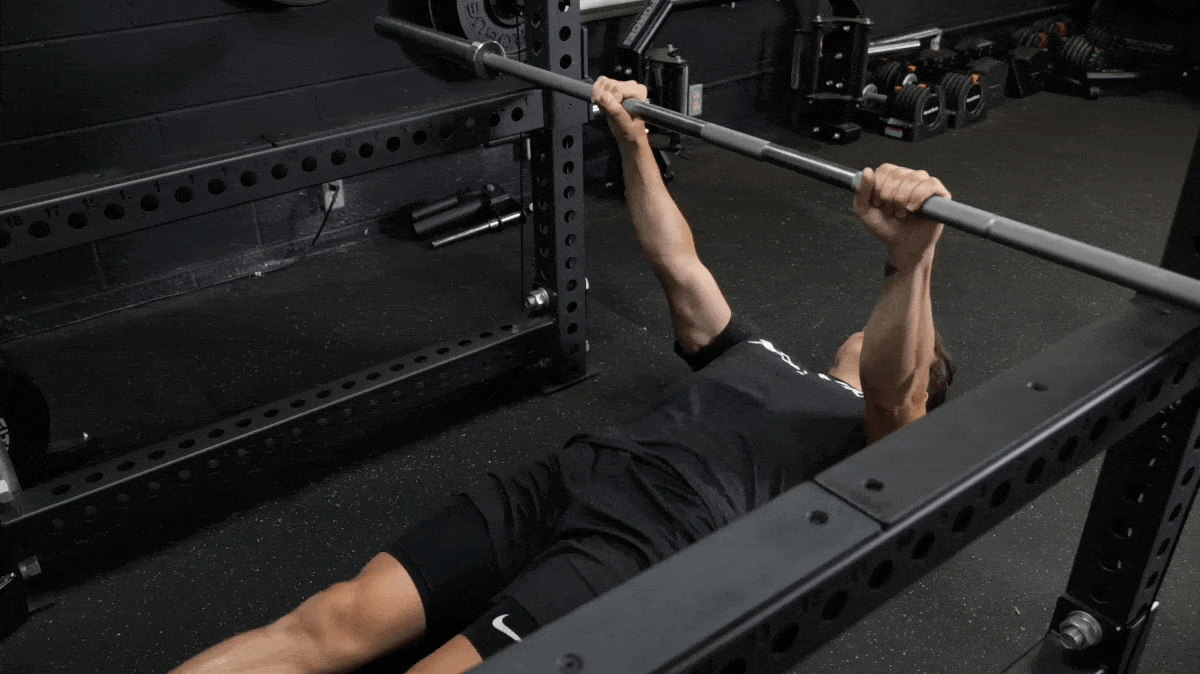
Meadows Row
- Why Do It: The Meadows Row, named after IFBB bodybuilder and coach John “Mountain Dog” Meadows, works one side of your muscle group at a time.Using a heavy dumbbell or landmine set up, stagger your stance and allow the torso to have a slight incline (rather than parallel to the body). This variation uses a fluid full range of motion with some momentum to maximize training volume and loading. Since this is a unilateral movement, you’ll be able to grow your lats, traps, and rear delts more because all your muscle activation will be going directly to one side of your body. Furthermore, unilateral movements challenge your core more than bilateral exercises.
- How to Do It: Using a landmine set up, stand in a staggered stance with the front foot perpendicular to the bar. Bend over at the waist and grip the bar with an overhand grip. Rest the elbow on your front thigh, making sure the hip closest to the bar is higher than the front hip. Row the weight up so your hand ends up outside your chest. Lower the weight back down and repeat.
- Exercise Tip: Since you’re only rowing on one side of your body, you need to be extra careful not to use any momentum; be sure to stabilize your body as much as possible.
- Sets and Reps: 2 x 10-12
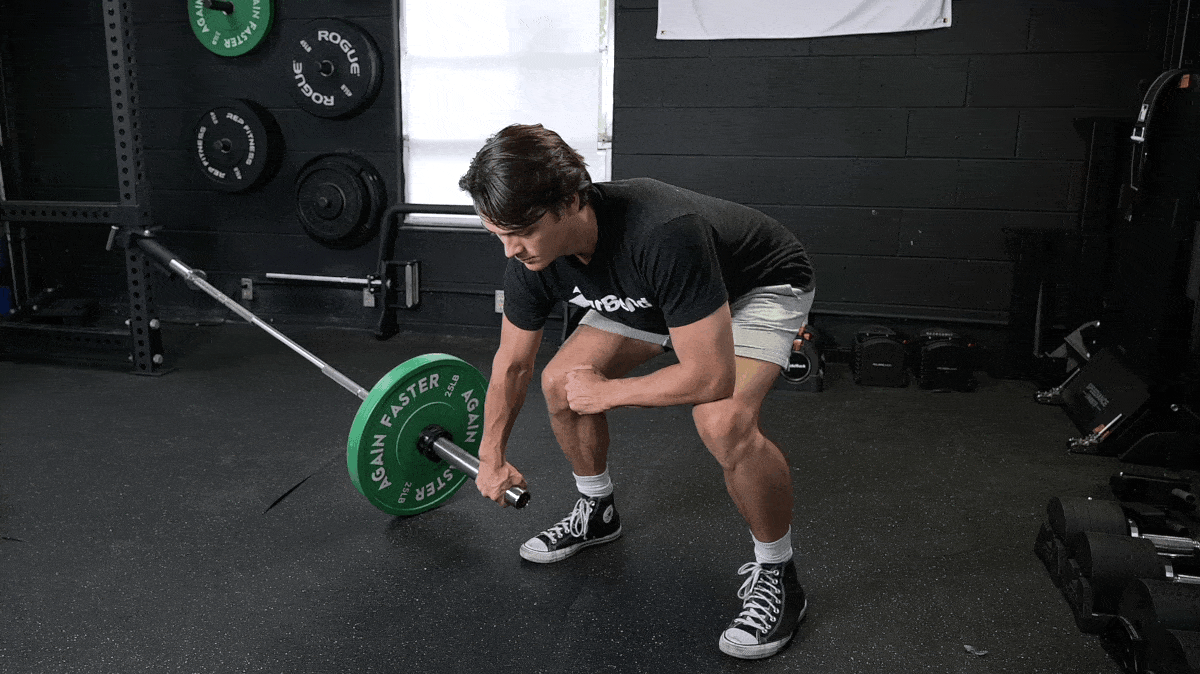
[Related: How to Use the RPE Scale For Strength Training]
Prone Dumbbell Row
- Why Do It: The Prone dumbbell row is a chest-supported row variation that allows you to add training volume to the back while minimizing loading and stress to the lower back muscles. The incline of the bench provides a different angle than standard dumbbell rows, which allows you to focus more on your lower lats and control the movement better. And by using dumbbells, you can manipulate wrist and elbow positioning in the row (neutral grip, T-row, underhand row) to target specific areas better.
- How to Do It: Set an incline bench to 45 degrees and place two dumbbells or kettlebells in front of the bench. Lay down, stomach first, on the bench, and grab a weight in each hand. Plant your toes firmly into the floor and row the weights toward your chest until your elbows pass your torso.
- Exercise Tip: Keep your chest in contact with the bench. This will ensure that you’re not arching your lower back and will force your mid-back to do the bulk of the work as the exercise was meant for.
- Sets and Reps: 4 x 10-12
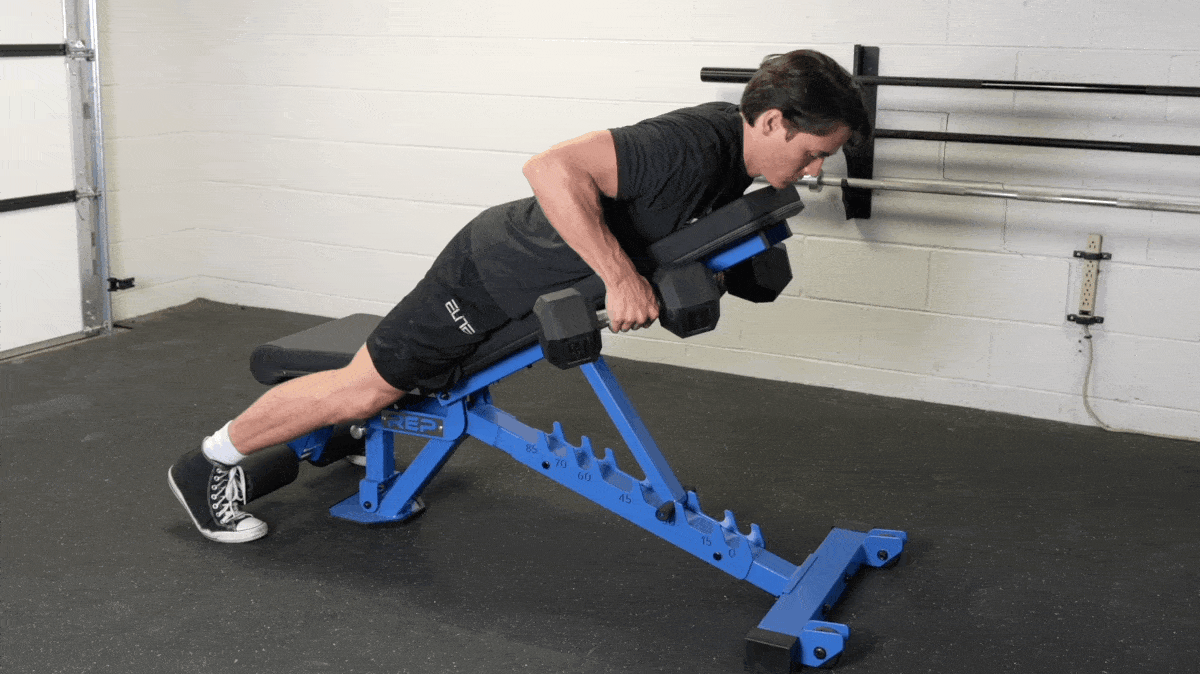
[Related: The Best Home Gyms For the Money, Bodybuilding, and More]
Isometric Dumbbell Row
- Why Do It: The isomeric dumbbell row, which can be done with any row, has you add a two-to-five-second pause (isometric contraction) at the apex of the row. In doing this, you allow lifters to engage fully and maximally contract the back muscles at the top. Lifters who struggle to feel the back muscles working in the row or have issues performing rows with flat backs can benefit from this row variation. Also, the isometric position will force you to engage your hips and glutes from holding a bent-over position, and your core will be on fire from having to stabilize your upper body in this position.
- How to Do It: Hinge forward and place one hand on a dumbbell rack and stagger the opposite leg back. Your torso should be almost parallel to the floor. Grab a dumbbell with your free hand and let your arm now hang freely. Brace your core and row the dumbbell to your side until it touches your hip. Hold that position for three seconds and then lower it back down slowly.
- Exercise Tip: Start with a three-second pause at the top of the row, with light weights, and build up. The emphasis should be on the lifter’s ability to contract the back muscles, not simply heaving weight around.
- Sets and Reps: 2 x 6-8
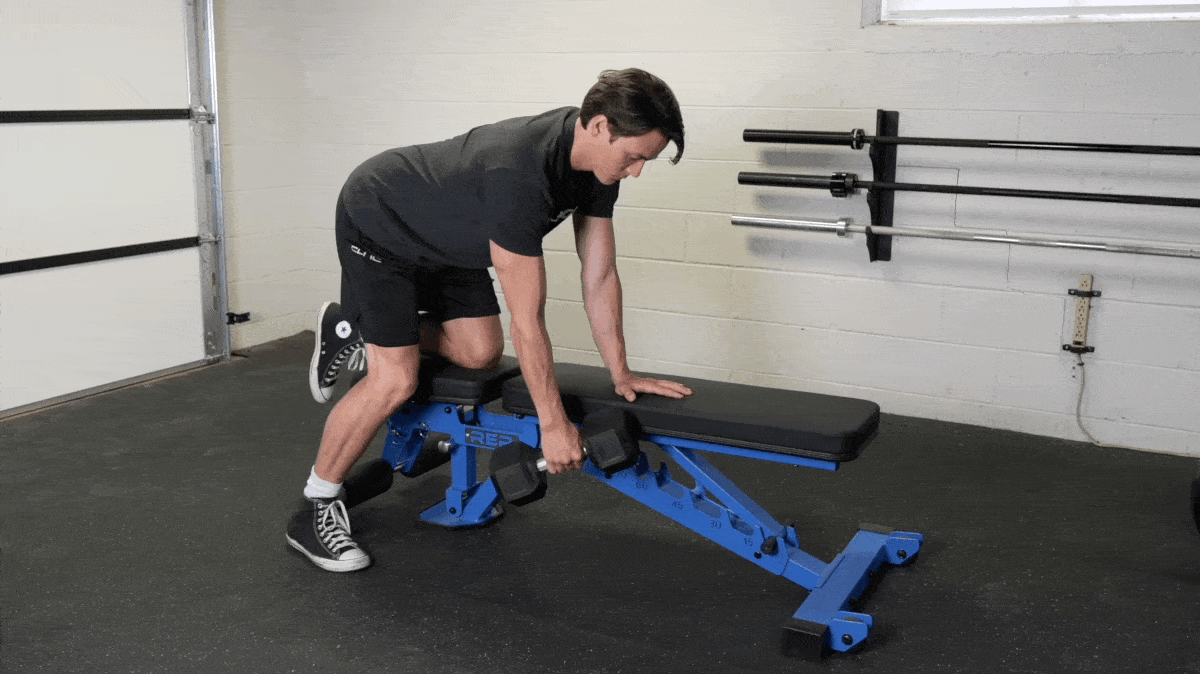
Kroc Row
- Why Do It: This dumbbell row variation was made famous by Janae Marie Kroczaleski — a champion powerlifter and bodybuilder. A lot of people will read 20 reps per set and instantly scale back the weight. Instead, choose a load you can typically do for 12 to 15 reps and then use some body English to eke out a few more. In this case, it does pay to be a cheater (at least on the last few reps). Heavy, high-volume rows are among the most powerful rowing variations one can do to stimulate new muscle growth because of the amount of volume and weight you use. The back is a large muscle group that can handle high amounts of loading and volumes, so don’t be afraid to live on the wild side. You’ll need to mentally prepare yourself for this movement since it will push you outside of your comfort threshold when it comes to when you would normally stop on an exercise. Instead of stopping at a comfortable rep where you still have a couple more reps left in your gas tank, you’ll be fully burning all your fuel in your tank.
- How to Do It: Set up the same way you did for the isometric row (see above). This time, you won’t pause at the top of the row. Once you feel your muscles fatigue, twist your torso slightly each rep to force a few more repetitions. Your grip will be a limiting factor, so use lifting straps for this variation.
- Exercise Tip: Just because you’re pushing yourself past where you normally would doesn’t mean you should forgo proper form. Be wary of your form towards the last few reps and do your best to maintain it.
- Sets and Reps: 3 x 20 per arm.
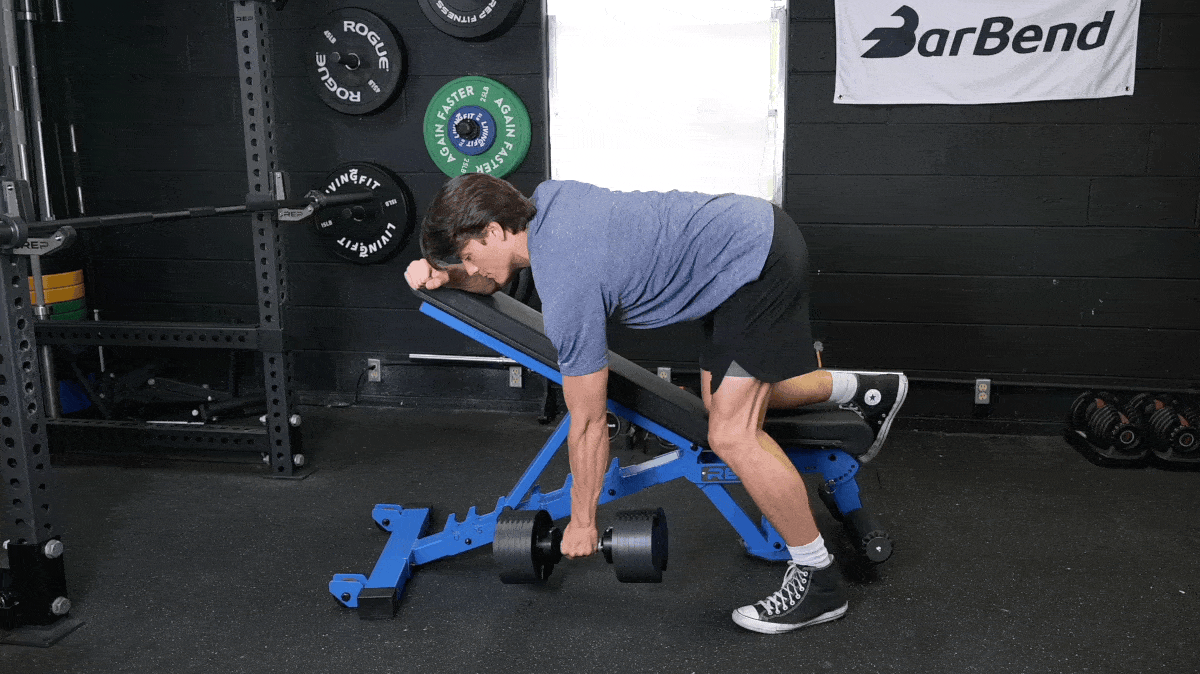
[Related: What Are Workout Splits and Which Is the Best One?]
Why You Should Do More Rows
Below are three benefits of training the back with intensity and focus.
Increased Back Strength
Did you know you can increase back strength by doing back rows? Of course, you did. However, did you know that a stronger back is at the root of nearly every “strength” movement in strength, power, and fitness sports?
A stronger back enables lifters to withstand and support heavy loads during some of the most effective strength-building compound lifts like squats, deadlifts, carries, and pressing movements. Your back is vital for even movements that aren’t directly related to rowing. For example, during the barbell shoulder press your back muscles work to keep your torso vertical. Also, the rhomboids and traps enable your shoulder blades to move so you can press your arms overhead. And during the bench press, your back provides a stable platform from which you can press.
Injury Resilience
A stronger back can help stabilize the torso during loaded movements like squats, carries, and deadlifts. The back works to support spinal extension and posture, with weak backs often leading to spinal flexion/rounding and broken backs.
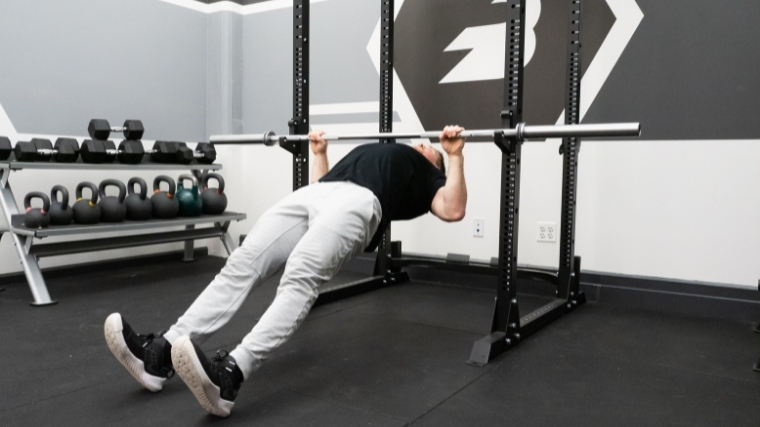
[Read More: Our Favorite Forearm Workouts, + the Best Forearm Exercises]
So, the next time you wonder why you slouch forwards in a deadlift and/or squats, address your technique and add some rows.
Stronger Squat, Deadlift, and Bench Press
If you aren’t consistently training the back via rows and pull-ups, you leave a significant amount of gains on the table. Top strength and power athletes alike will continually recognize the power of developing a strong back and its effects on compound strength movements like deadlifts, squats, and bench pressing.
Your back is the support system of your spine, so a stronger back means more support during these big lifts. For squats, a big back acts as a shelf for the bar to rest on; it prevents spinal rounding during deadlifts and provides a nice base for you to bench-press from.
Also, rows add strength and size to the back, biceps, and forearms, all of which directly increase performance in key strength and hypertrophy movements.